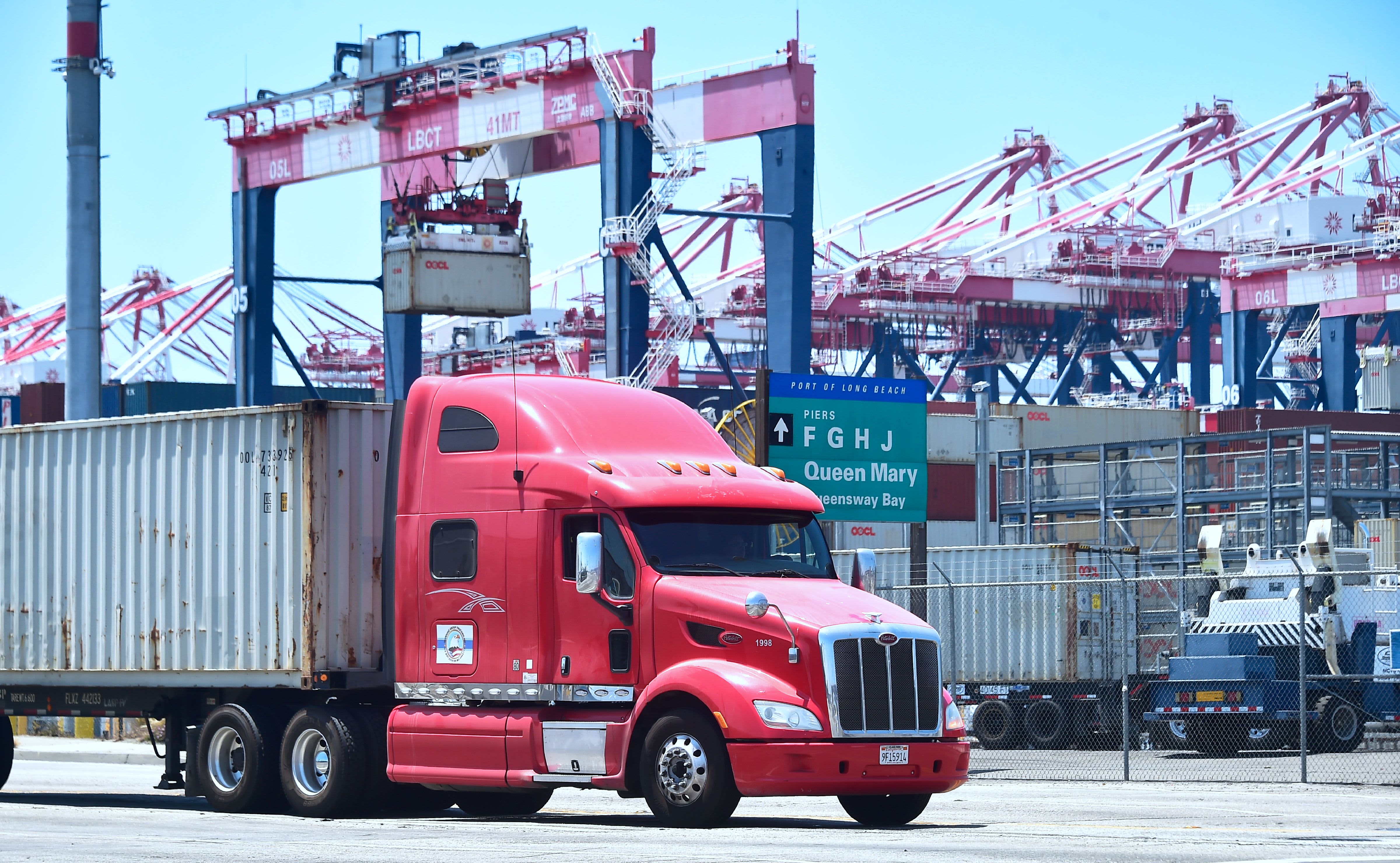
The U.S. trade deficit with its global partners contracted to $52.5 billion in September as the White House continued its efforts to close the gap in goods and services, according to a Commerce Department report Tuesday.
The deficit was slightly above expectations of $52.2 billion, according to economists surveyed by Dow Jones. August’s shortfall was just over $55 billion.
As the administration continues its efforts to close the first phase of a tariff deal with China, the trade balance remains 13.1% higher from the $46.4 billion level when President Donald Trump took office. Consumers continue to demand foreign goods amid a decadelong economic expansion.
On a year-over-year basis, the current trade deficit is 5.4% higher than the same period in 2018.
With the two sides working toward an agreement, the deficit with China fell 3.1% to $28 billion for the month.
Overall, exports declined $1.8 billion to $206 billion while imports also were down, dropping $4.4 billion to $258.4 billion. The U.S. recorded its first petroleum surplus, of $252 million, since 1978 as the nation continues to push its energy output.
Foods, feeds and beverage exports fell $1.5 billion due largely to a $1 billion drop in soybeans. Automotive exports also declined by $1 billion and capital goods increased by $800 million thanks to a collective $1.3 billion rise in aircraft-related products.
On the import side, consumer goods fell $2.5 billion as cellphones and other household goods dropped by $800 million and toys games and sporting goods declined by $600 million. Capital goods imports were off $1.1 billion on a $600 million reduction in semiconductors. Automotive imports were down $1.1 billion.
By nation and region, the largest surplus was with South and Central America at $5 billion, while the biggest deficit after China was with the European Union at $15.7 billion. The U.S. also continues to run deficits with Mexico ($9.1 billion), Japan ($5.9 billion) and Germany ($5 billion).
Get the market reaction here.


 Signal2forex.com - Best Forex robots and signals
Signal2forex.com - Best Forex robots and signals




